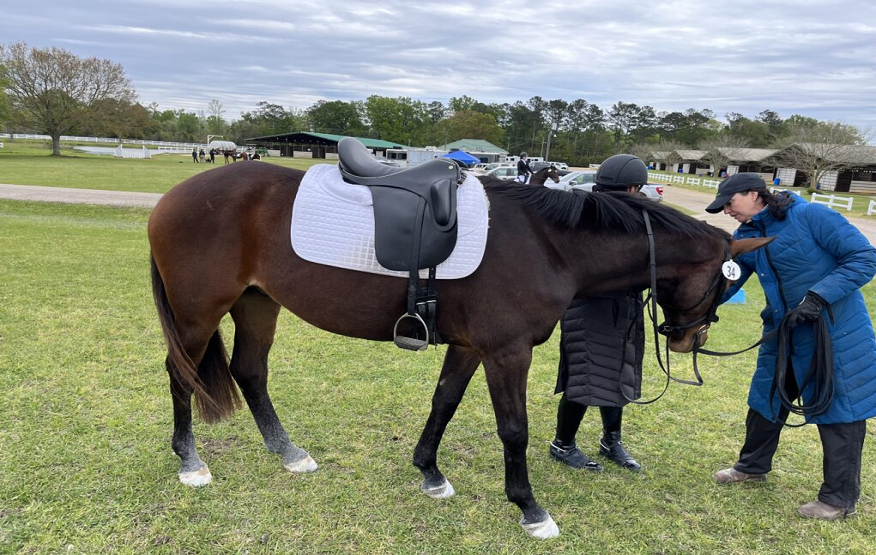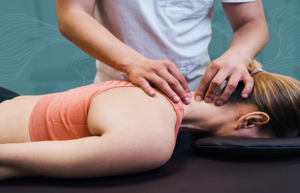As its name suggests, the dressage saddle has been designed specifically for dressage riders. It is a unique piece of equipment that distinguishes itself from other types of saddles. Dressage riders need to get hold of the right saddle, as poor saddle fitting can lead to the horse’s discomfort and underperformance.
Here are some essential differences that set a dressage saddle apart from other types of saddles;
The deep seat: One of the distinct features that separate a dressage saddle from other saddles is the deep seat. As dressage riders perform various movements and exercises, they must be continuously balanced with their horse. The deep seat allows the riders to feel more connected to the horse, making them more effective in their movements.
Straight flaps: Unlike all-purpose or jumping saddles, a dressage saddle has straight flaps, which gives the rider a more extended and straighter leg position. The length and part of the flap in a dressage saddle enable the rider to use their legs more easily when aiding the horse. This position and size of the flap also allow the riders to maintain contact with the horse’s side.
Extended panels: Waterproof horse blankets have extended panels that evenly distribute the rider’s weight over the horse’s back, providing maximum comfort and support. These panels also ensure the horse can move its back and shoulders without restraint, which is essential in dressage movements.
Longer billets: Horse turnout blankets come with longer billets designed to be positioned further back than those of other saddle types. This allows the rider to have more control over the horse when making lateral work movements such as pirouettes or shoulder-in.
More extended flaps: The flaps (the sections of the saddle that cover the rider’s legs) on a dressage saddle are longer than those on other types of saddles. These longer flaps allow the rider’s leg to hang longer and provide a more extended contact area for subtle leg aids.
Large knee blocks: Dressage saddles often feature larger knee blocks or thigh blocks on the flaps. These blocks help the rider maintain a correct leg position without gripping or bracing, allowing for more transparent communication with the horse.
Minimal padding: While providing enough padding for comfort, dressage saddles generally have less padding than other saddles, such as those used for jumping. This allows for closer contact between the rider’s seat and the horse’s back, aiding in clear and subtle aids.
Wide channel and panels: Dressage saddles often have a wider channel down the middle of the saddle, along with broad and supportive panels that evenly distribute the rider’s weight across the horse’s back. This design helps prevent pressure points and discomfort for the horse during extended periods of riding.
Conclusion
In conclusion, a dressage saddle is uniquely designed for dressage riders and their horses’ specific needs. Dressage saddles’ distinct features, such as the deep seat, straight flaps, extended panels, longer billets, and minimal padding, make it the perfect equipment for dressage riders. Choosing the correct saddle can significantly impact the rider’s performance and the horse’s comfort. Proper saddle fitting is critical to prevent discomfort and prevent issues in the future. If you are a dressage rider, investing in a high-quality dressage saddle is paramount to succeed in dressage riding.



